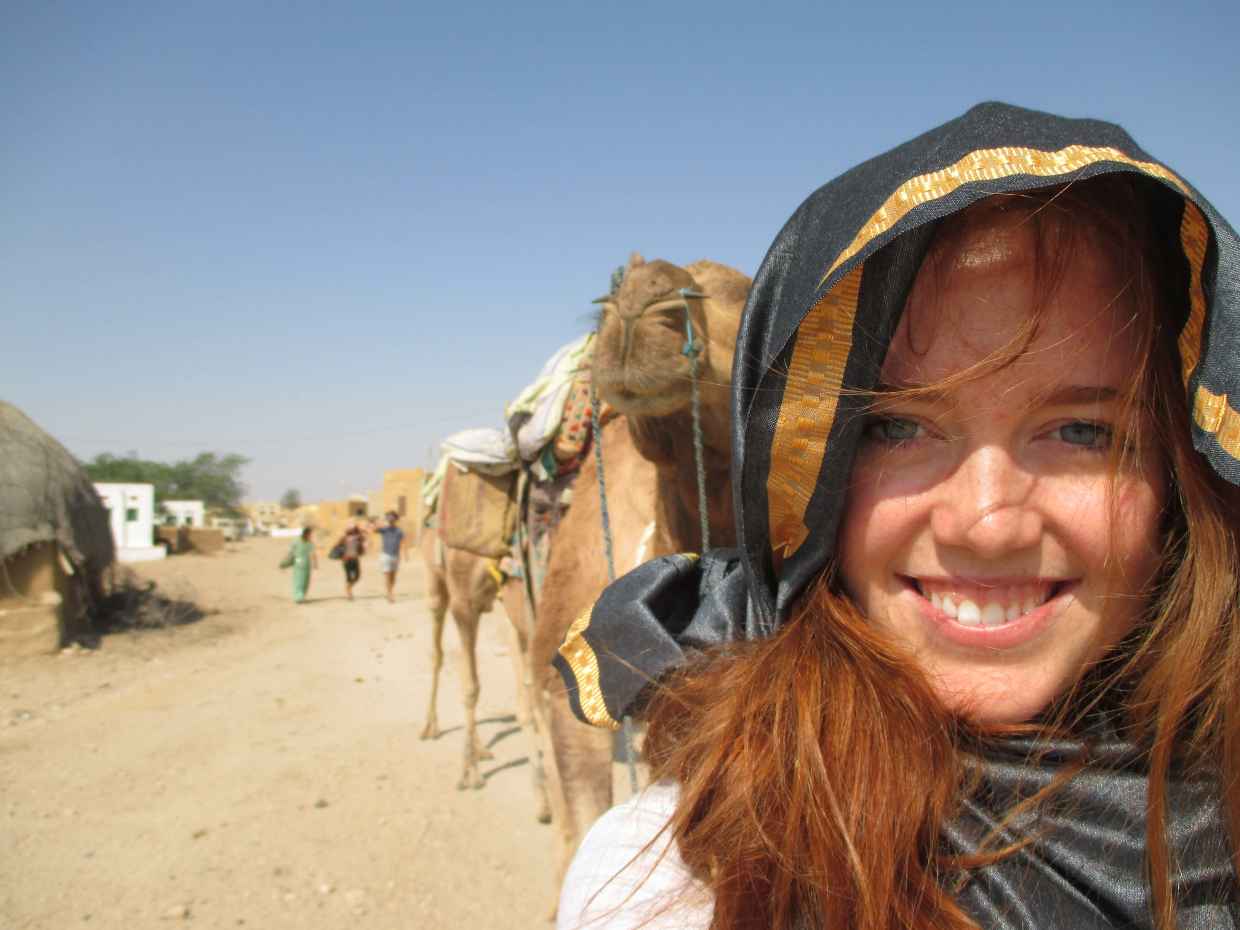It was after a coked up 13-year-old arrived at the agency with dark circles under her eyes and a boyfriend 10 years her senior that I had my final wakeup call.
I could no longer do it. I looked at myself. Emaciated body. Controlled life. Negative thoughts. And the fact that I worked in an industry that encouraged an innocent youth to have a thriving modeling career despite a shrunken appearance and unhealthy lifestyle.



